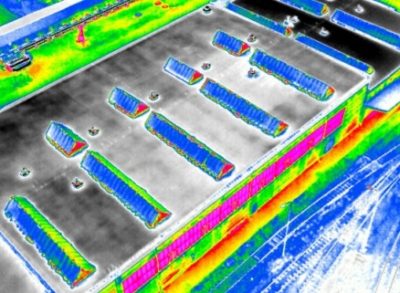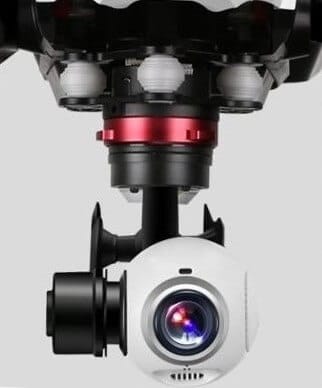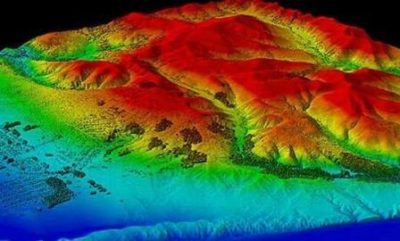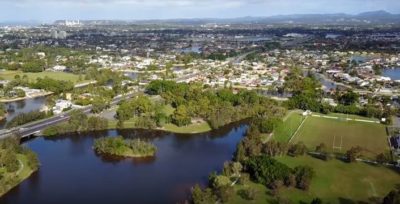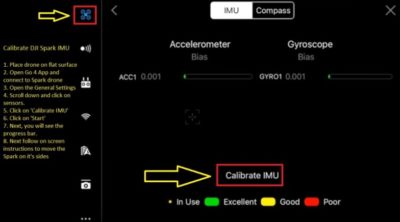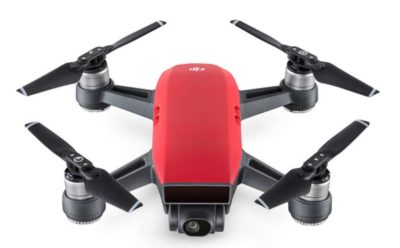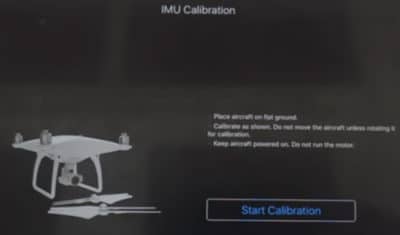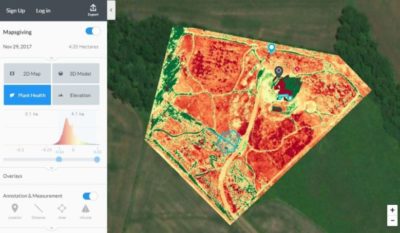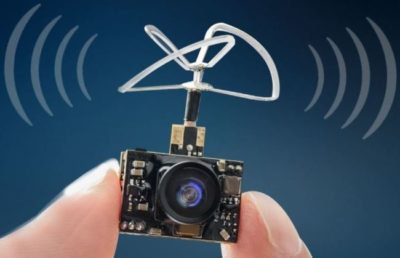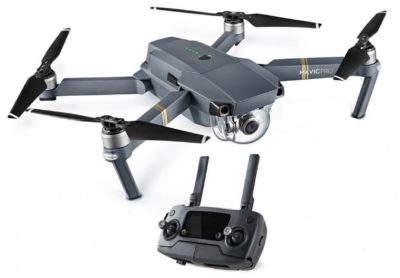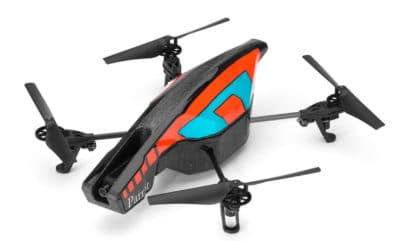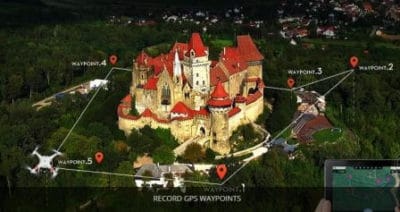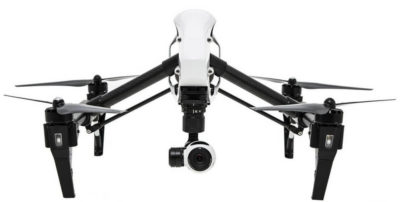What are drones used for answered here covering every sector you can think of. Drones are being used to save lives, environment works, archaeology, farming, property management, mining, construction and much more.
We start by looking at what drones are used for in specific sectors and include some terrific videos along the way.
The drone industry is growing fast and every week we see press releases and research papers on what new areas drones are being used for.
The usage of drones in some of these sectors was originally completed using helicopters and airplanes. However, these are expensive to hire and not always available when they were required.
Using helicopters and airplanes is also very time consuming as they have to fly in from other locations and then do their work.
Along with present uses for drones, we also look at new drone uses, which are still in the experimental and research stages. Without doubt, you will see hundreds of new uses for drones in the coming years. There are also some terrific videos throughout this post.

